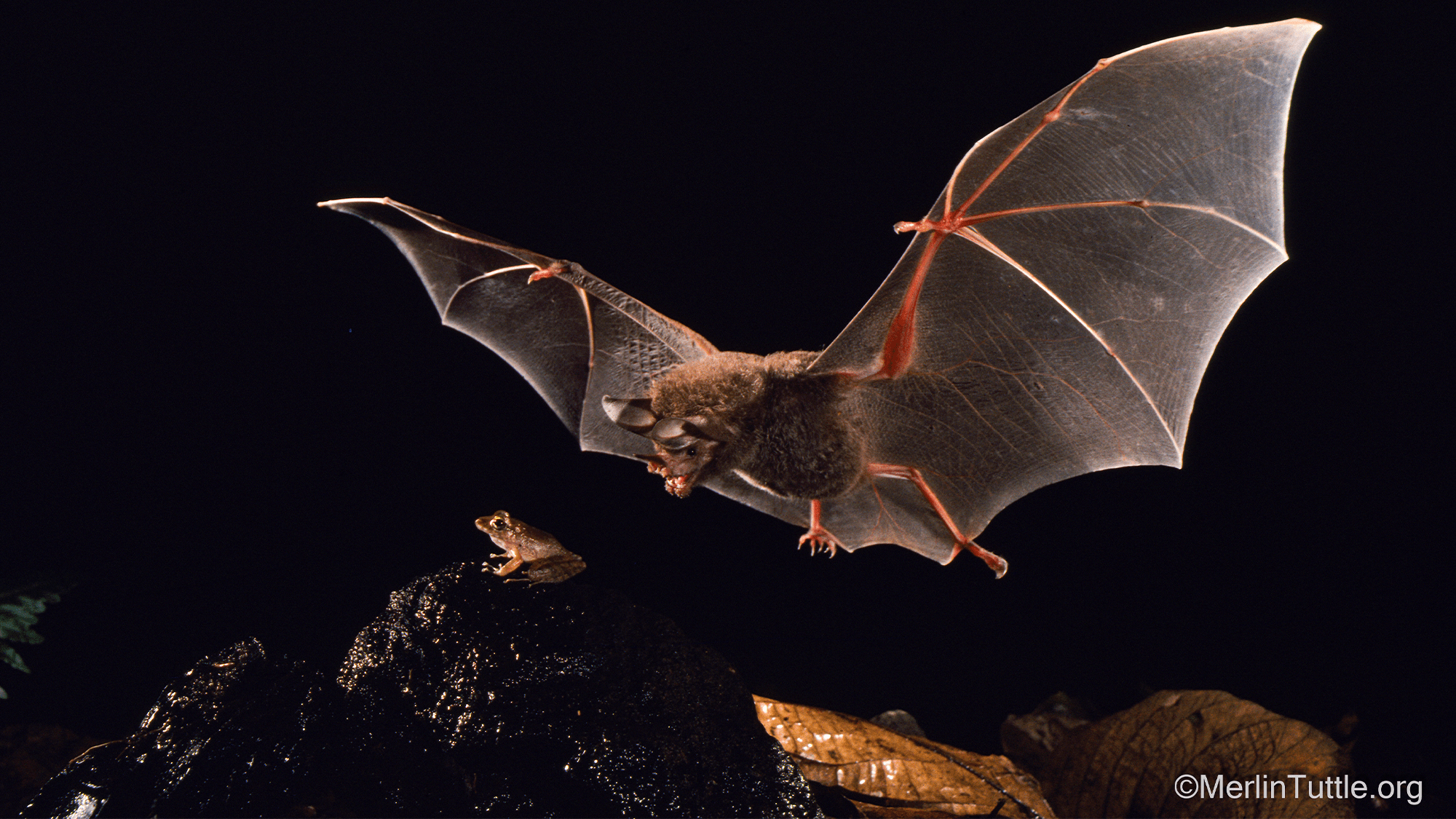Now Reading: Young Bats Evolve ‘Caller ID’ to Dodge Toxic Prey
-
01
Young Bats Evolve ‘Caller ID’ to Dodge Toxic Prey
Young Bats Evolve ‘Caller ID’ to Dodge Toxic Prey

Quick summary
- A new study explores how fringe-lipped bats (Trachops cirrhosus) use sound to hunt prey, specifically eavesdropping on frog and toad mating calls.
- These bats can distinguish between palatable and toxic frogs using learned acoustic cues instead of relying on visual indicators like other predators.
- Juvenile bats initially respond more to body size and take time to learn distinctions such as toxicity from amphibian calls,showcasing developmental learning akin to human children.
- Research suggests this auditory hunting adaptation might be widespread across the animal kingdom, emphasizing the importance of early life experiences in developing predator behavior.
- The study was published in Proceedings of the Royal Society B by researchers from Smithsonian Tropical Research Institute and Purdue University.
Indian Opinion Analysis
While primarily a behavioral ecology study focused on species native to Central and South America, such research has broader implications for ecological understanding globally, including India. India’s diverse ecosystems with its rich species interactions-potentially involving auditory or sensory learning mechanisms-might benefit from similar approaches for wildlife conservation or management studies targeting predator-prey dynamics. Furthermore, studies like this could inspire insights into human-induced environmental pressures affecting animal communication systems in regions like India where deforestation impacts bat habitats considerably.



























